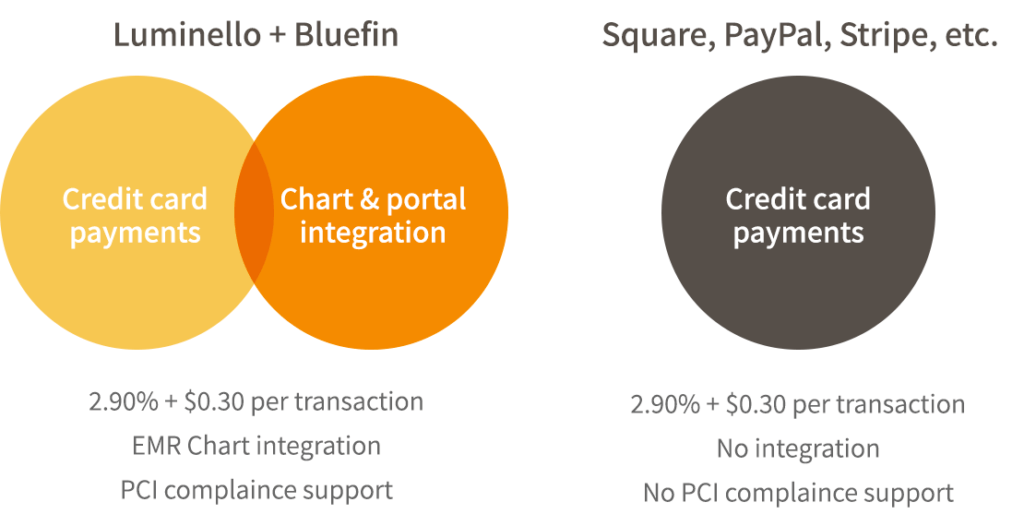Dr. Katzelnick, some of your research with the PHQ-9 was recently profiled in Clinical Psychiatry News (August 2008, page 26). This has sparked quite a bit of interest among our subscribers. Can you describe this instrument and its usefulness in clinical practice?
The PHQ-9 is the Patient Health Questionnaire-9. It was adapted from an instrument originally funded by Pfizer, the PRIME-MD, which was developed as a tool for primary care doctors to screen their patients for psychiatric disorders. The original PHQ was a self-report version of the PRIME-MD (see Spitzer R et al., JAMA 1999;282:1737-1744). The PHQ-9 is the 9 item subset focusing specifically on depressive symptoms (Kroenke K et al., J Gen Intern Med 2001 Sep;(9):606-613).
What does the PHQ-9 consist of, exactly?
The items are nothing surprising; they are the 9 DSM-IV-TR criteria for depression. What is unique about it is that rather than just using it as a diagnostic scale, which for psychiatrists isn’t terribly useful, each symptom is ranked from 0 to 3, depending on the frequency. You then add up the items and get a score from 0 to 27. So rather quickly, within a few minutes before a visit, patients fill it out and they can even score it themselves. And they get a specific number that you can use to estimate the severity of symptoms.
How is this useful in clinical practice?
I use the PHQ-9 with my patients and I can quickly see what has changed, what hasn’t changed, and what their overall score is. It actually saves me time, and it ensures that I am not missing something important. During a typical brief psychopharmacology visit, you might say to your patient, “How are you doing?” and they say, “I’m feeling better.” When you look at their PHQ-9 score, they have gone from a 19 to a 14. But what you really want is for them to be under 5, which is remission, and so it gives us a quantitative way of knowing where we are.
A somewhat extreme analogy in medicine is treatment for hypertension. If you came to your appointment and your internist said, “Well, in the past since I have seen you, have you had any strokes? No? That’s good. Have you had any extreme headaches? No? Well it must be going okay. You are taking the medicine, right? How do you feel? Good, I’ll see you at your next appointment.” That would be obviously malpractice because it is very easy to measure blood pressure. It used to be that it was very hard to measure depression severity because using the Hamilton depression scale in a 20-minute med check is not viable. But now that self-rated measures are essentially equivalent to the clinician-rated measures, it has become viable to have a quantitative way of measuring how we are doing.
There must be dozens of different depression scales in use. Why did you choose the PHQ-9 for your research? And why should we use this over other instruments?
That is a great question. When we first started our study, we worked closely with primary care clinicians in choosing an instrument. They were adamant about two things. First, they wanted a single short scale that could simultaneously diagnose depression and measure its severity, and they wanted something that was free. This meant that scales such as the Beck Depression Scale, which requires a royalty, were disqualified from the outset.
All right. Once you decided on the PHQ-9, what were the goals of your study?
There were two primary goals. The first was to determine whether it was feasible to use the PHQ-9 in psychiatric practice, and the second was whether it is actually useful. We chose 17 outpatient psychiatric practices, and we included a broad spectrum – from small practices with one psychiatrist and a receptionist to large systems like the VA, and everything in between. We asked psychiatrists to give the PHQ-9 to every new and returning adult patient with a depressive disorder, including major depression, dysthymia, and minor depression . Every time a patient returned a PHQ-9, the psychiatrists wrote down whether they felt that the score was useful to them for that particular patient.
And what were the results?
We were shocked with the results: out of the 6,000 PHQ-9s that were administered, 93% of the time they said it was useful.
Why were you shocked?
Because these were senior psychiatrists for the most part, all of whom had treated thousands of patients with depression over their career. And all we did was to give them an instrument that goes through the basic DSM criteria. We assumed that many would feel that it was of no additional benefit over and beyond their usual evaluation, but in fact 93% of the time it was useful. Then, if it was useful, they were supposed to answer the question, did it actually change your treatment? And they said that 40% of the time they did something different because of having the score. This is a huge difference in terms of an impact on practice and it is way more than we anticipated. Most frequently, they reported changing doses, changing medications, and adding psychotherapy. We were blown away with the amount of impact that it had.
Yes, that is surprising. These are experienced psychiatrists who obviously have been asking the questions about depression for a long time. So how do you explain this benefit?
The most common benefit was to find that somebody who seemed better was not truly in remission or had not really responded. With the PHQ-9 there is a threshold of getting to less than 10 as a response and less than 5 as remission. And so, for example, six or eight weeks after treatment was started the person would be better but they wouldn’t be below 10, and so they might have decided to increase the dose when they wouldn’t have otherwise, or to see the patient sooner. Three percent of the time they actually picked up suicidal thoughts that they wouldn’t have otherwise, which obviously is a big difference.
That makes sense. When you see patients over and over, there’s a tendency to become clinically lazy and to accept their report at face value, and to not go through all the possible symptoms during each visit.
The other thing that happens is that the patient from the beginning becomes a partner in terms of tracking the score. For instance, at the beginning of treatment, the psychiatrist might say, “Your score is 19 and that puts you in the moderate to severe range, and our goal is to get you to less than 10, and then eventually to less than 5.” Once the patient has that idea and they are 10 weeks out and their score is 12, then they will hopefully come back to the psychiatrist saying, “Well, we made big progress here but we are not there yet; what do we do next?”
Are there any other benefits?
Yes, there is one that is really quite dramatic, especially for people who are first being diagnosed. When patients get depression, they frequently feel like they are the only person in the world who has this and they feel very alone. Then you give them this standard form and they start filling it out, and they see items about mood, interest, appetite, concentration, and so on. It shows them that other people experience the same symptoms, otherwise they wouldn’t be on a form. It reinforces the sense that there is an established body of knowledge about depression, and enhances their confidence in the psychiatrist. It also gives them a clear idea of what symptoms they are supposed to be tracking as their treatment progresses.
It seems like the PHQ-9 reinforces what good clinicians should be doing with all their patients, and that it is a useful tool for ensuring that we remember to do these things.
Yes, and another issue is that with shorter and shorter visits we have to allocate our time to what we really need to do and asking the same questions at each visit is probably not an efficient use of time. Patients can do that on their own before the visit, and then you can zero in and ask more specific questions, like, “So what happens when you wake up in the middle of the night? Do you go to the bathroom and then go back to sleep right away or are you staying up for two hours?” We can focus on the clinical part of the interview so that we can do more in less time.
How would readers be able to get a copy of the PHQ-9 if they wanted to implement it in their practices?
Pfizer originally developed the PHQ-9 and supported it but they have now released it to the public domain, other than maintaining copyright to make sure that it is not altered. It is free and you can download it from the Macarthur Initiative on Depression Primary Care at: www.depression-primarycare.org/forms/phq_9/
Source: We thank The Carlat Psychiatry Report for allowing us to re-post this article. Luminello subscribers get a discount on The Carlat Report newsletters, books, CME credit opportunities, and ABPN Maintenance of Certification courses. Learn more


